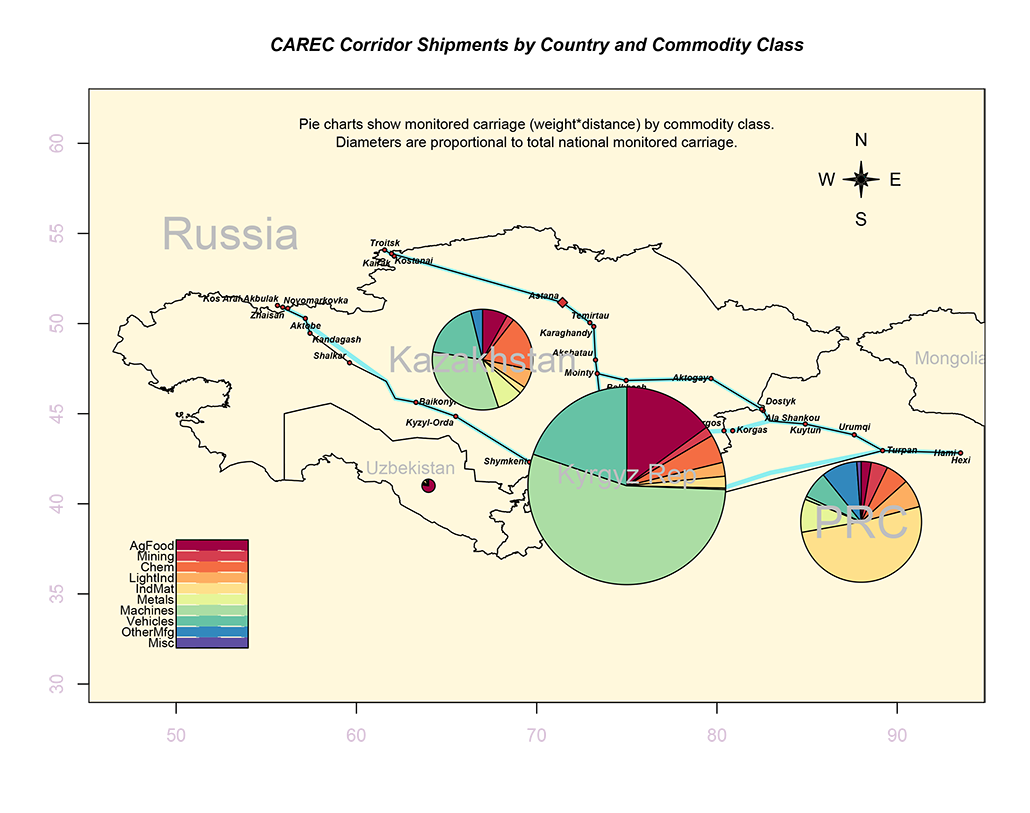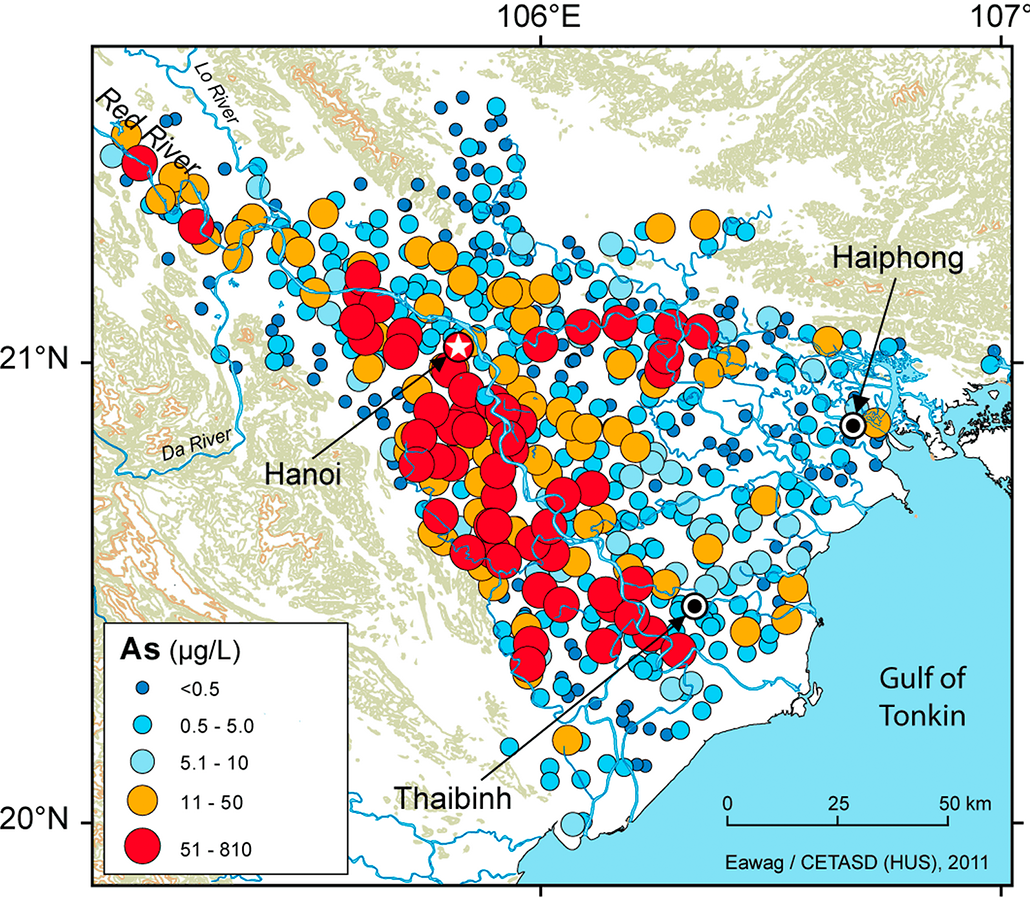Project Summary
Trade in food and other agricultural products is increasingly important across East and Southeast Asia, where high income Asian economies have driven significant agricultural expansion and the PRC’s momentous growth promises more stimulus to agro-food activity in the region. The PRC is expected to become a net importer of agro-food in the coming decades, which will have significant implications within the region. As its middle class continues to emerge, the resource intensity of food consumption (e.g., meat and dairy) will lead to net imports and require expansion of agricultural capacity elsewhere.
Because low-income Southeast Asia is generally seen to be well below its agro-food potential, this situation suggests a significant opportunity for self-directed poverty reduction through regional agro-food market expansion. This paper reviews the history of HIA and PRC’s emergence in region’s agro-food markets. Finally, GMS’s role is analyzed for the potential of Asian agro-food trade to contribute to poverty reduction.
After an extensive review of historical and initial conditions, we use a new dynamic simulation model to assess the prospects for rapid growth among low-income GMS economies. In particular, we examine empirically the potential contributions of agro-food productivity growth, trade facilitation, and FDI in these countries. Our results suggest that such potential is very significant, but it can only be fully realized if policies are integrated and complementary.
In particular, productivity growth alone will only generate low-value surpluses. Combining this with trade facilitation measures, including infrastructure investments like the GMS corridors, will amplify benefits but also lead to domestic resource rivalry. Finally, complementing the first two advantages with access to external investment funds achieves the highest benefit.
The estimated gains from these policies are very substantial for the low-income economies considered, and moreover they benefit neighboring countries that do not share the direct benefits. Just as importantly, dramatic trade expansion by the beneficiaries induces significant regional trade growth, but relatively minor trade diversion. This result supports the essential argument that trade-oriented, self-directed poverty reduction policies among low income GMS countries are incentive-compatible for their wealthier neighbors. Intuition might suggest this, but trade rivalry has a long history in this region and elsewhere. For this reason, we believe it is important to develop empirical evidence that growth dividends propagate across the region and trade growth can be shared among regional partners without the need for intervention, trading rules, or even unrequited transfers.
Most Recent Entries

Low Carbon Biomass Conversion in the Sierra Nevada








